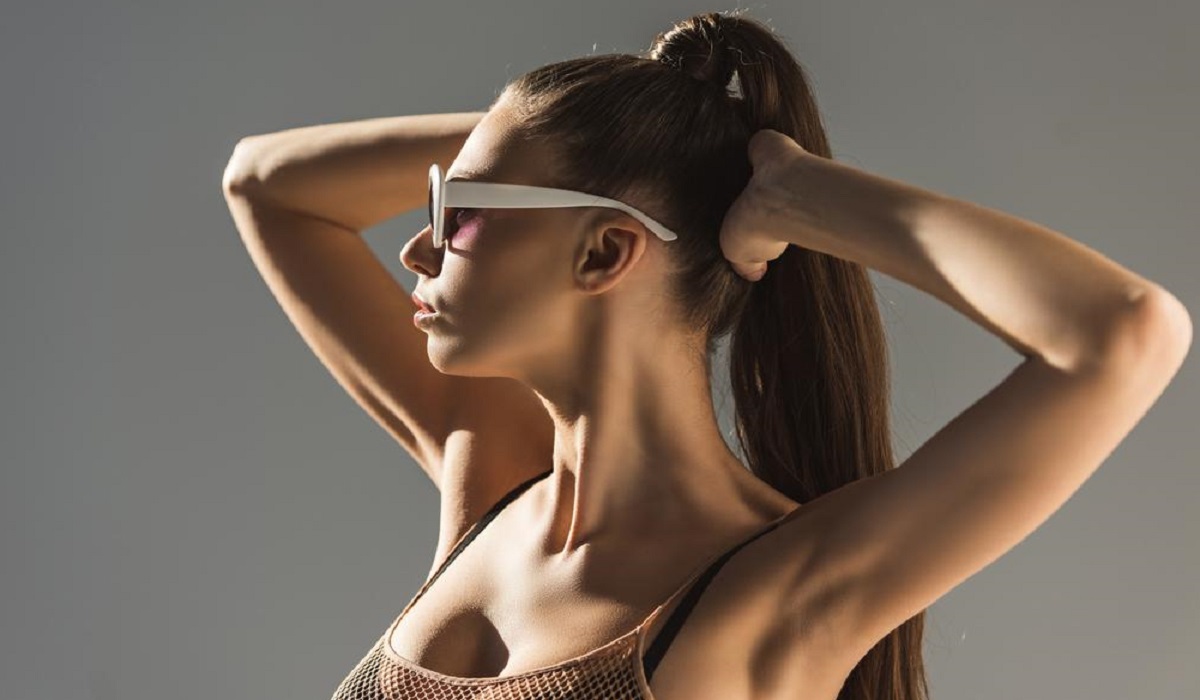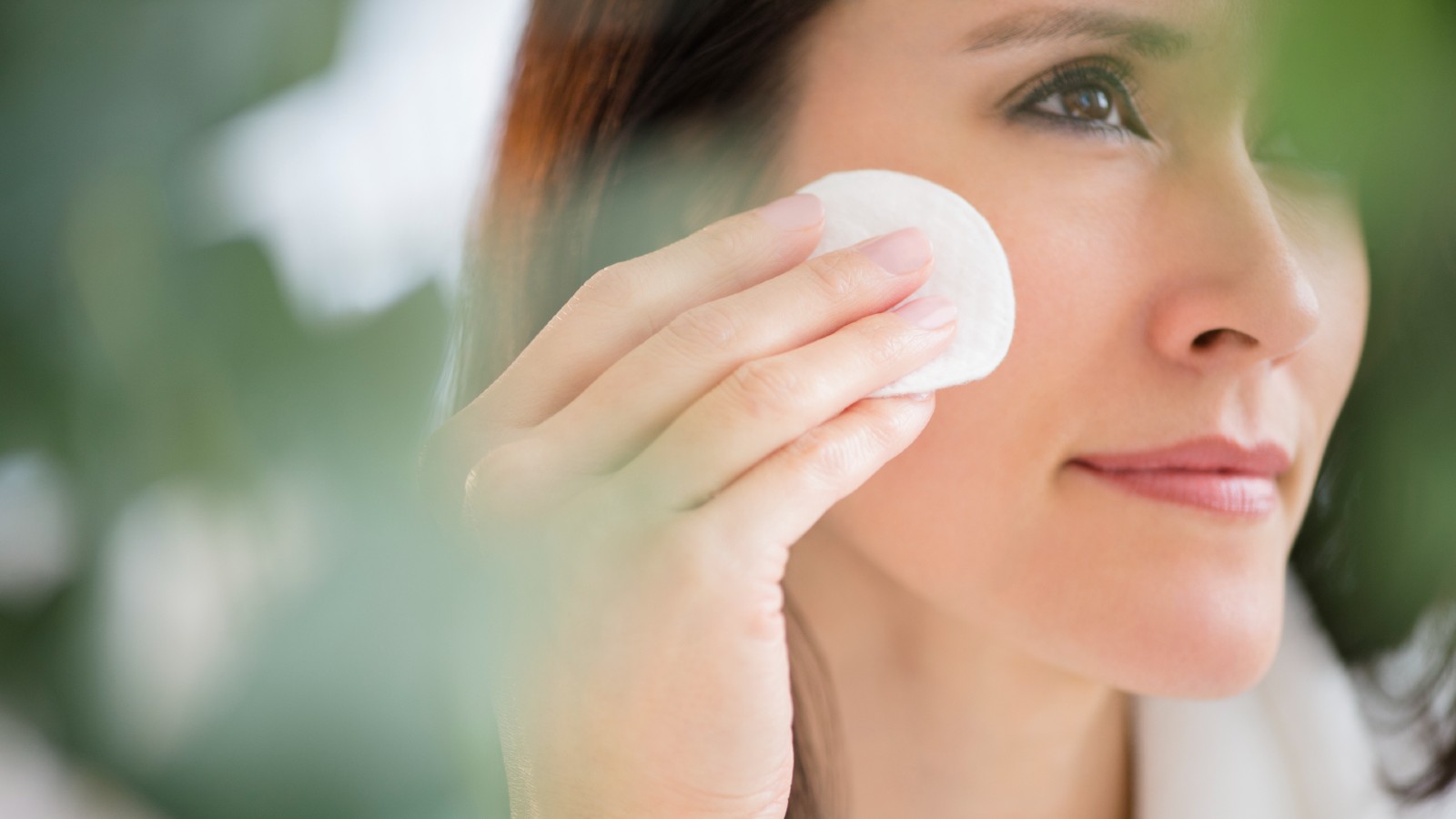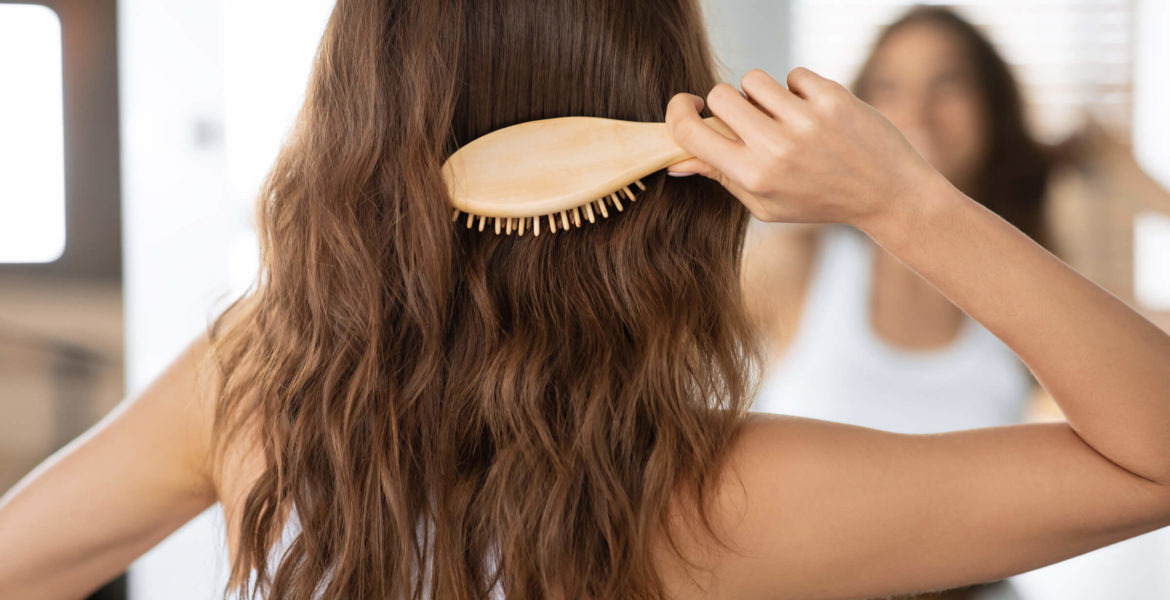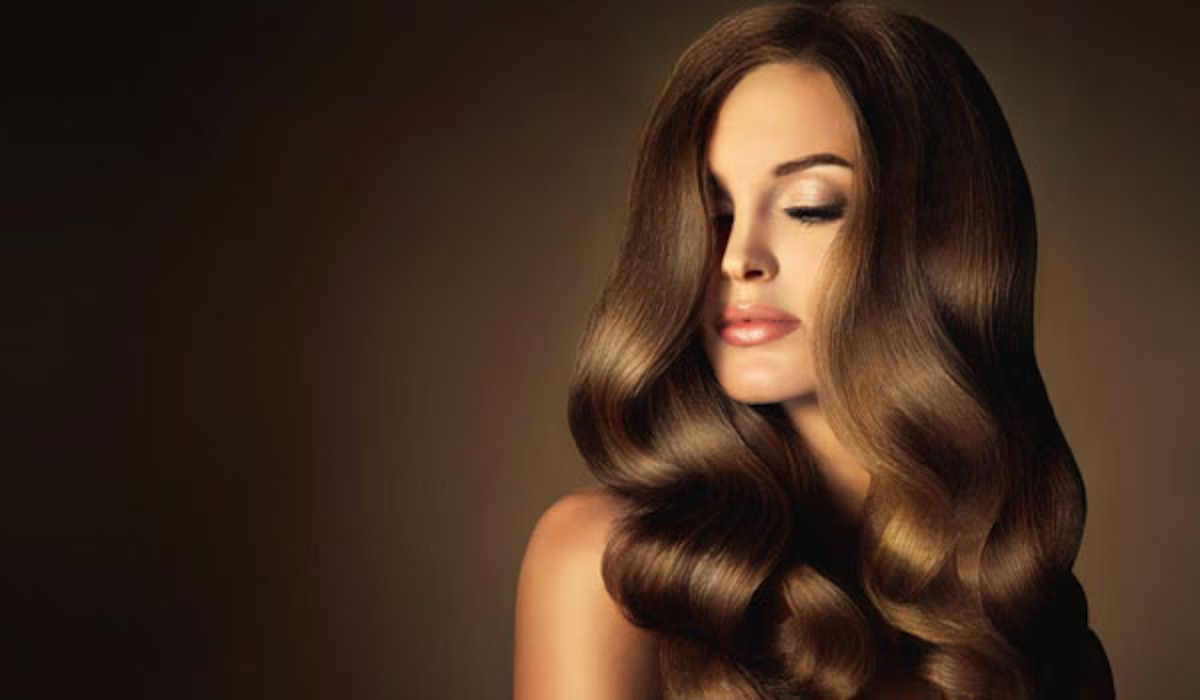
In the realm of skincare, one can easily become overwhelmed by the vast array of products, elaborate routines, and complicated techniques. However, there is a growing trend towards simplification and efficiency, giving rise to the ‘One Layer’ skincare technique. This minimalist approach aims to streamline your skincare routine while still providing maximum effectiveness. In this article, we will delve into the essence of the One Layer technique, discussing its benefits, step-by-step implementation, and the ideal products to use. So, get ready to simplify your skincare routine and achieve radiant, healthy skin!
Understanding the One Layer Skincare Technique:
The One Layer skincare technique is rooted in the belief that using fewer products, but with a strategic focus on high-quality, multi-functional formulations, can yield excellent results. Instead of piling numerous layers of products onto your skin, this approach emphasizes selecting a select few products that address multiple skincare concerns. By simplifying your routine, you can save time, money, and potentially reduce the risk of overwhelming your skin with an excessive number of ingredients.
Step-by-Step Implementation:
Identify your skin concerns: Begin by determining the primary skincare concerns you wish to address. Whether it’s dryness, acne, hyperpigmentation, or aging, understanding your skin’s specific needs will guide your product selection.
Choose multi-functional products: Look for products that offer multiple benefits in a single application. For example, a moisturizer that also contains SPF can provide hydration, sun protection, and even a touch of coverage.
Cleanse thoroughly: Start your routine with a gentle cleanser to remove dirt, oil, and impurities from the skin. Opt for a cleanser that suits your skin type, whether it’s oily, dry, or sensitive.
Apply your core treatment: This step involves applying your primary treatment product, such as a serum or treatment essence, that targets your specific skin concerns. Look for ingredients like hyaluronic acid for hydration, vitamin C for brightening, or retinol for anti-aging.
Moisturize and protect: Follow up with a moisturizer that provides hydration and locks in the active ingredients from the previous steps. Choose a moisturizer suitable for your skin type, whether it’s lightweight for oily skin or richer for dry skin. If your moisturizer doesn’t contain SPF, apply a broad-spectrum sunscreen as the final step to protect your skin from harmful UV rays.

Recommended Products:
When practicing the One Layer skincare technique, it’s crucial to choose products that offer a comprehensive range of benefits. Here are some recommendations:
Multi-functional serum: Look for a serum that combines various active ingredients, such as antioxidants, peptides, and hyaluronic acid. This will provide hydration, anti-aging benefits, and promote overall skin health.
Moisturizer with SPF: Opt for a moisturizer that includes broad-spectrum SPF protection. This will help streamline your routine by combining hydration, sun protection, and potentially even a tint or coverage.
Gentle cleanser: Choose a cleanser that effectively removes impurities without stripping the skin of its natural oils. Look for ingredients like ceramides or hyaluronic acid to maintain moisture balance while cleansing.
Targeted treatment: If you have specific skincare concerns, such as acne or hyperpigmentation, select a treatment product that addresses those issues directly. Ingredients like salicylic acid, niacinamide, or azelaic acid can be beneficial for acne-prone skin, while vitamin C or kojic acid can help with hyperpigmentation.
The One Layer skincare technique offers numerous advantages for those seeking a simplified yet effective routine. Firstly, it saves time and effort by eliminating the need for multiple layers of products. With just a select few multi-functional products, you can achieve comprehensive skincare benefits without spending excessive time applying numerous products. This streamlined approach is especially beneficial for those with busy lifestyles or limited time in their daily routines.
Additionally, the One Layer technique can be more cost-effective. By focusing on high-quality, multi-functional products, you can reduce the number of individual skincare items you need to purchase. This not only saves money but also prevents the accumulation of unused or redundant products.
Furthermore, simplifying your skincare routine can help minimize the risk of skin irritation and sensitivity. Using fewer products reduces the chances of overloading the skin with a multitude of ingredients, which can sometimes lead to adverse reactions. By carefully selecting products that cater to your specific skin concerns, you can minimize the risk of product interactions or overwhelming the skin’s natural balance.
The One Layer technique also promotes a mindful and intentional approach to skincare. Instead of mindlessly following complex routines, this method encourages you to understand your skin’s needs and select products that truly address those concerns. By focusing on quality over quantity, you can develop a deeper understanding of the ingredients that work best for your skin, leading to more informed choices in your skincare journey.
Lastly, the One Layer technique can simplify travel and on-the-go skincare. With fewer products to pack and carry, it becomes easier to maintain your skincare routine while traveling or during busy periods. This minimalist approach ensures that you can consistently care for your skin, regardless of your location or schedule.
In conclusion, the One Layer skincare technique offers a practical and effective solution for those seeking simplicity without compromising on skincare results. By identifying your skin concerns, choosing multi-functional products, and streamlining your routine, you can achieve radiant, healthy skin while saving time, money, and potential skin irritation. Embrace the beauty of simplicity and embark on a skincare journey that is efficient, mindful, and tailored to your skin’s unique needs.








